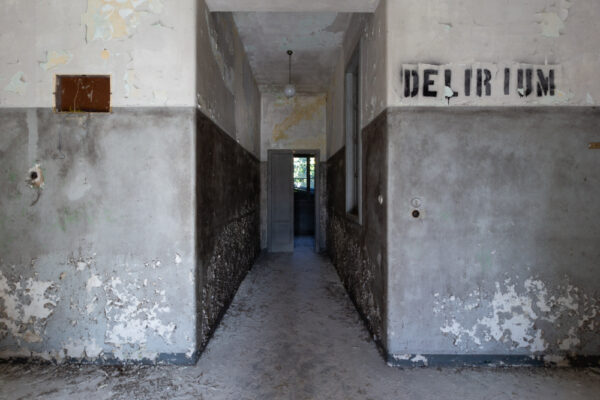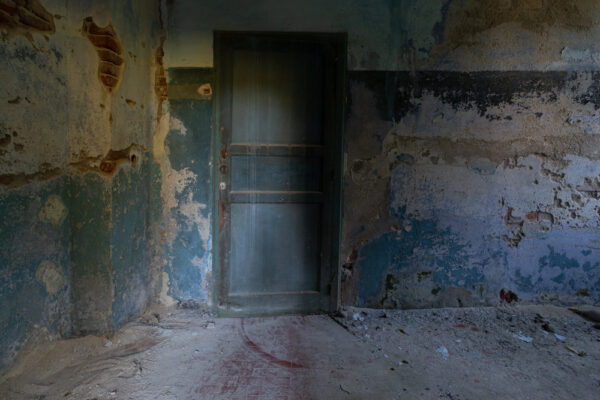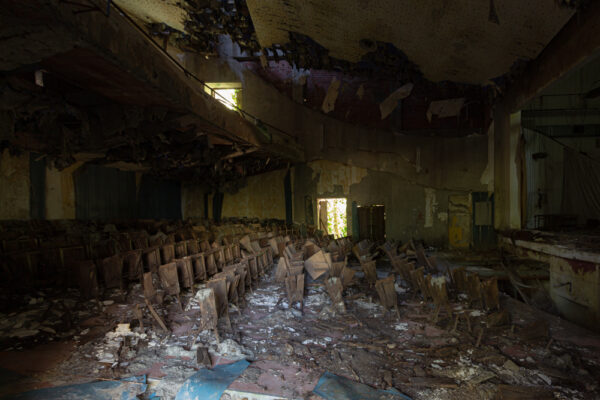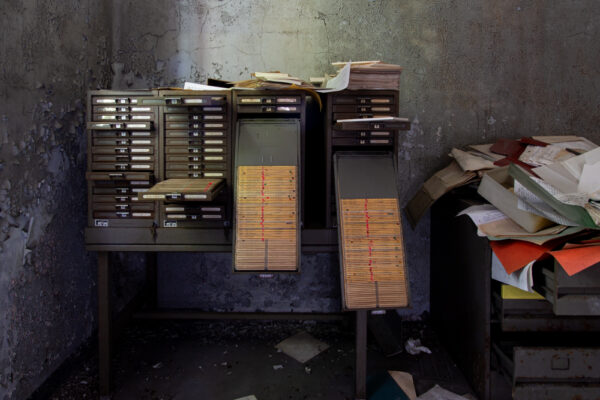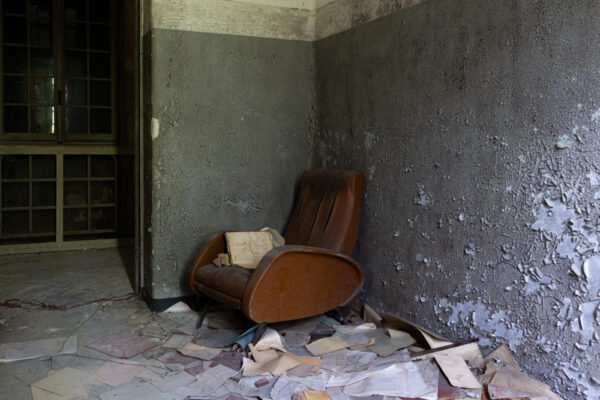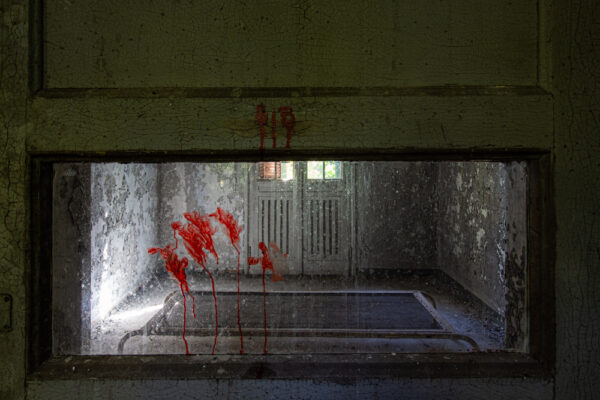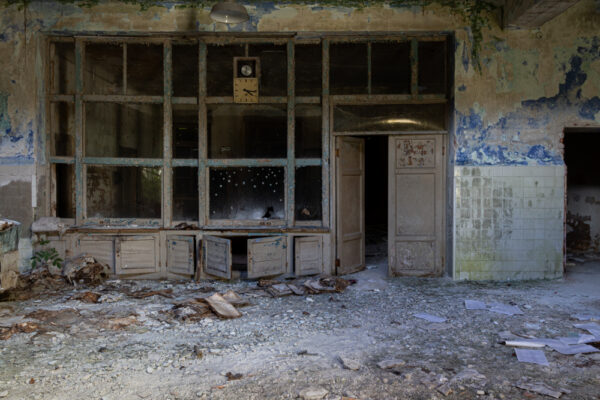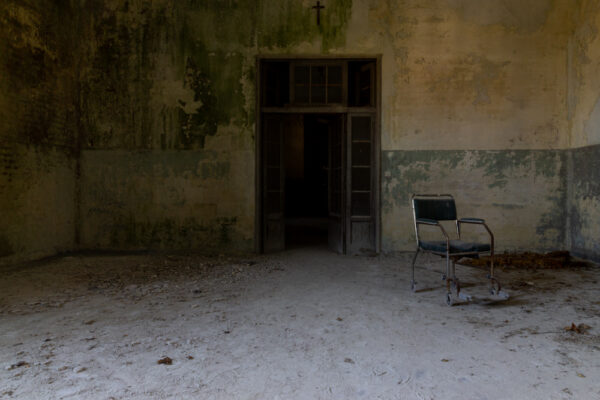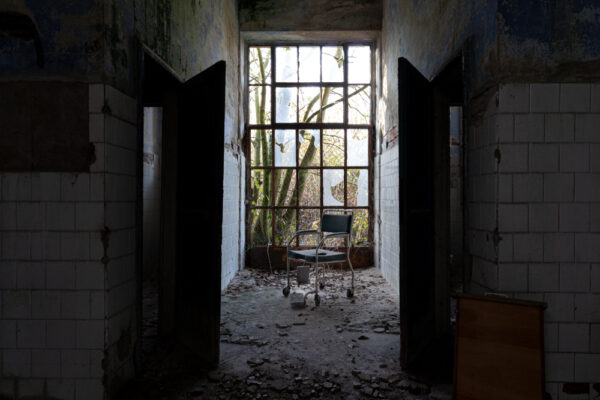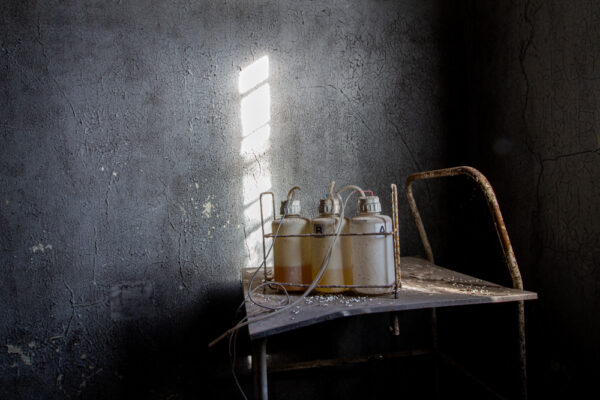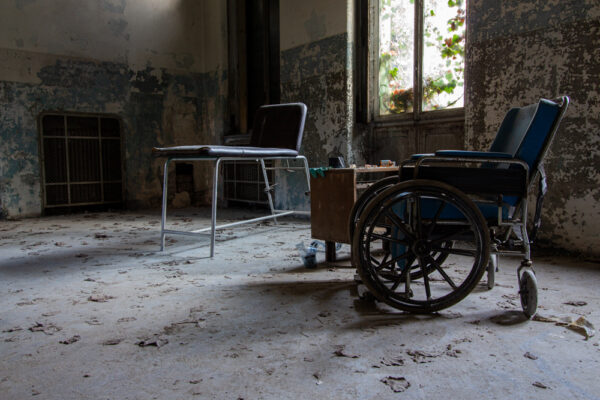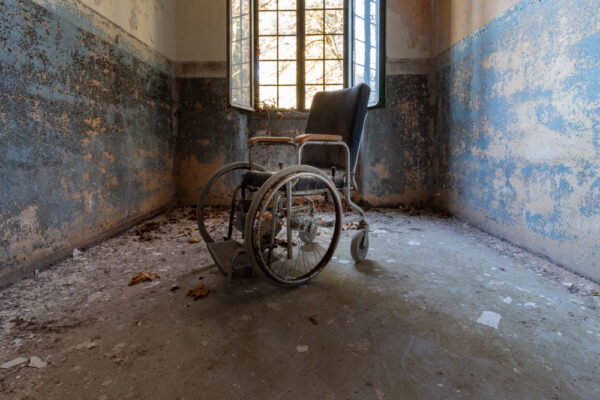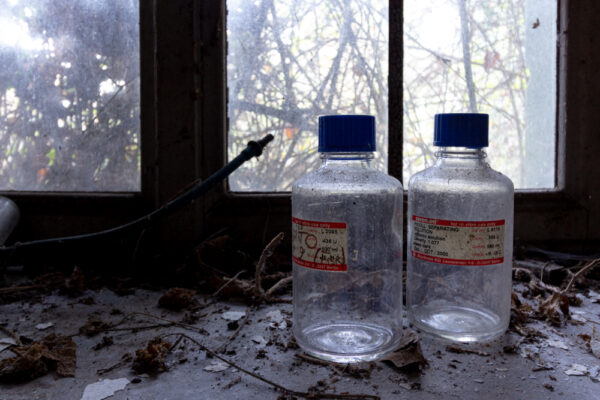The history of the Vercelli asylum: a tale of light and shadow
The origins of the Vercelli asylum date back to the 19th century. By 1874 it was already operational, ranking as one of the four public asylums in Piedmont, with about 150 patients. But the facility we know today, a real hospital village, was built only between 1928 and 1937.
The Vercelli asylum did not come out of nowhere. Before its advent, there were already several facilities for the care of the mentally ill in Piedmont, such as the asylum in Turin and the one in Alessandria.
The decision to build a new asylum in Vercelli was made in 1872, in response to the increase in the number of patients and the need to create a more suitable environment for their care.
The design of the Vercelli asylum was entrusted to engineer Luigi Martina, who was inspired by state-of-the-art asylum models in Europe.
The complex, built by engineer Eugenio Cadorna, was state-of-the-art for the time. It covered 28 hectares and included 20 pavilions, a church, a theater, a library, a gymnasium, and even a children’s area. The goal was to create a self-sufficient and therapeutic environment for patients suffering from mental illness.
Life in the Vercelli asylum was governed by strict rules and schedules. Patients were divided according to gender and the severity of their illness.
Days were punctuated by work, recreational and therapeutic activities. Work was considered an important element in the patients’ rehabilitation.
The therapies used at the time were often rudimentary and ineffective. These included hydrotherapy, electroshock, and insulin therapy.

